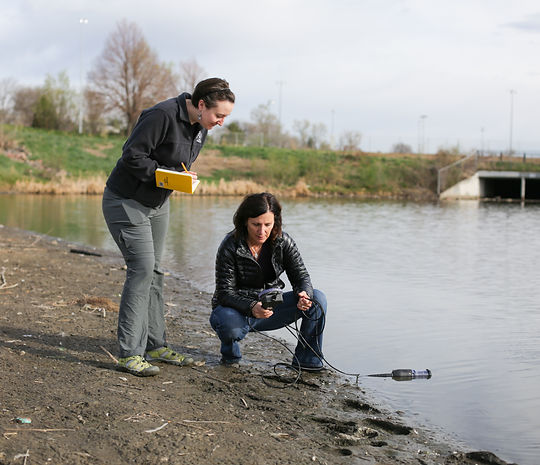
Mines’ Hydrologic Science and Engineering (HSE) program is among the top hydrology programs in the nation.
Innovation
WATER IN THE WEST
There’s almost nothing more controversial than water in the West. How it gets used, who uses it, and what the implications are of that use will impact areas of arid land for decades to come. Dozens of researchers, students and alumni at Mines are working to create a new future for water, where instead of shipping this resource in from hundreds of miles away – a customary practice in water-sparse areas – using it and then discarding it, communities can collect everything from hydraulic fracturing water (frack water) to toilet water that can be cleaned and re-used. The “waste products” from these different water sources can be recycled into fertilizer or turned into fuel to power water treatment plants.
John McCray, a civil and environmental engineering professor, believes this future is in sight and is helping put Mines on the map as a hub of innovative solutions to the water crisis. Mines’ Hydrologic Science and Engineering (HSE) program is among the top hydrology programs in the nation. The university also partners with several centers that are working to research new and innovative technology around water-treatment processes.
The ConocoPhillips Center for a Sustainable WE²ST (Water-Energy Education, Science and Technology) plays a major role in this research; graduate students are currently looking at how to best reclaim water from oil and gas sites, among many other projects related to the confluence of water and oil and gas operations (contamination and risk mitigation, corporate social responsibility and water resource management).
Originally created in 2013 by a $3 million investment by ConocoPhillips, the center hopes to be the nation’s go-to institution for research, education and outreach associated with the joint sustainability of water resources and energy production in arid lands.
Read more about water in the West in Mines Magazine here.

$3M
GIFT

